A Comparative NLP-Based Study on the Current Trends and Future Directions in COVID-19 Research
- PMID: 34786315
- PMCID: PMC8545210
- DOI: 10.1109/ACCESS.2021.3082108
A Comparative NLP-Based Study on the Current Trends and Future Directions in COVID-19 Research
Abstract
COVID-19 is a global health crisis that has altered human life and still promises to create ripples of death and destruction in its wake. The sea of scientific literature published over a short time-span to understand and mitigate this global phenomenon necessitates concerted efforts to organize our findings and focus on the unexplored facets of the disease. In this work, we applied natural language processing (NLP) based approaches on scientific literature published on COVID-19 to infer significant keywords that have contributed to our social, economic, demographic, psychological, epidemiological, clinical, and medical understanding of this pandemic. We identify key terms appearing in COVID literature that vary in representation when compared to other virus-borne diseases such as MERS, Ebola, and Influenza. We also identify countries, topics, and research articles that demonstrate that the scientific community is still reacting to the short-term threats such as transmissibility, health risks, treatment plans, and public policies, underpinning the need for collective international efforts towards long-term immunization and drug-related challenges. Furthermore, our study highlights several long-term research directions that are urgently needed for COVID-19 such as: global collaboration to create international open-access data repositories, policymaking to curb future outbreaks, psychological repercussions of COVID-19, vaccine development for SARS-CoV-2 variants and their long-term efficacy studies, and mental health issues in both children and elderly.
Keywords: COVID-19; coefficient of variation; mean squared error; natural language processing.
This work is licensed under a Creative Commons Attribution 4.0 License. For more information, see https://creativecommons.org/licenses/by/4.0/.
Figures



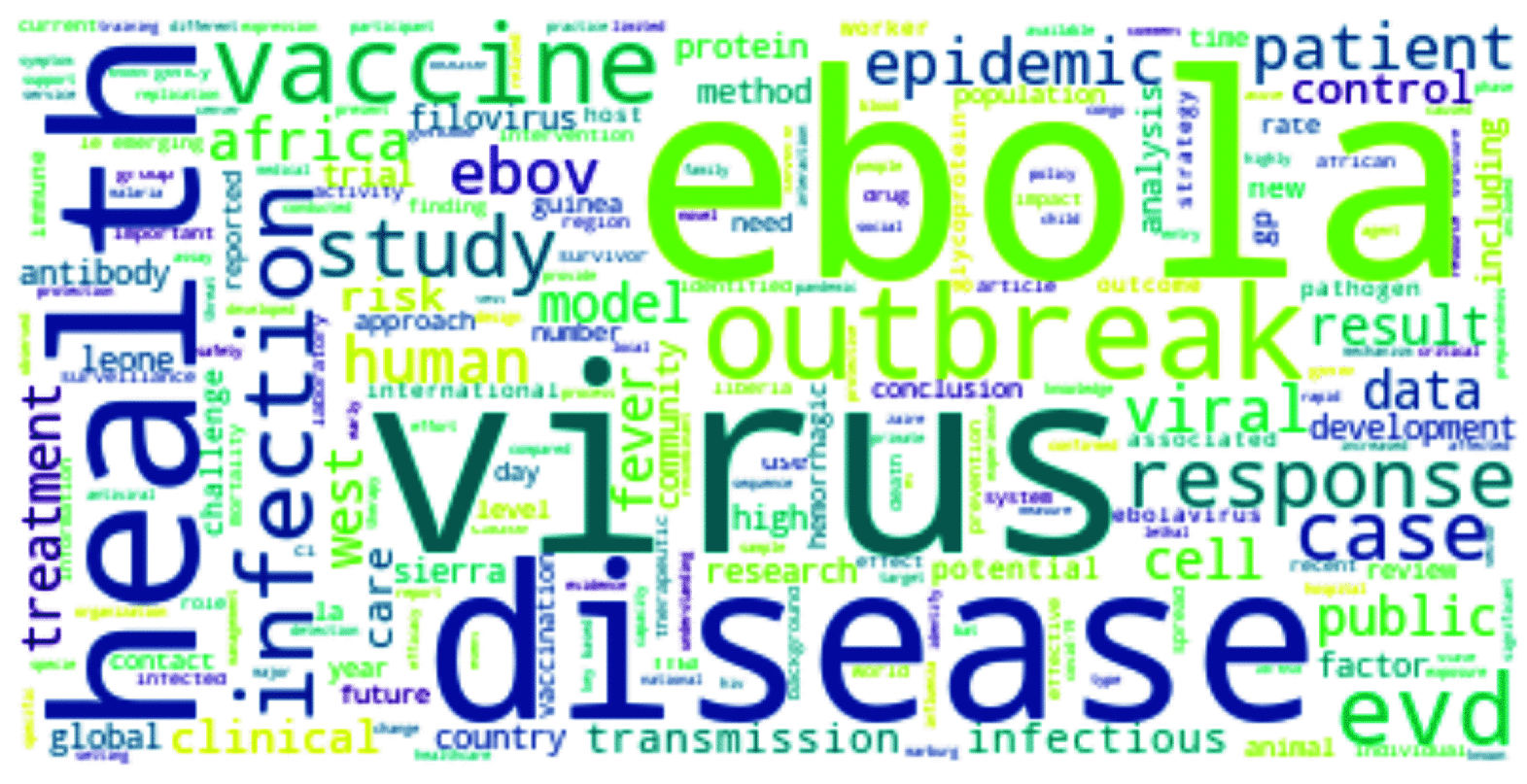
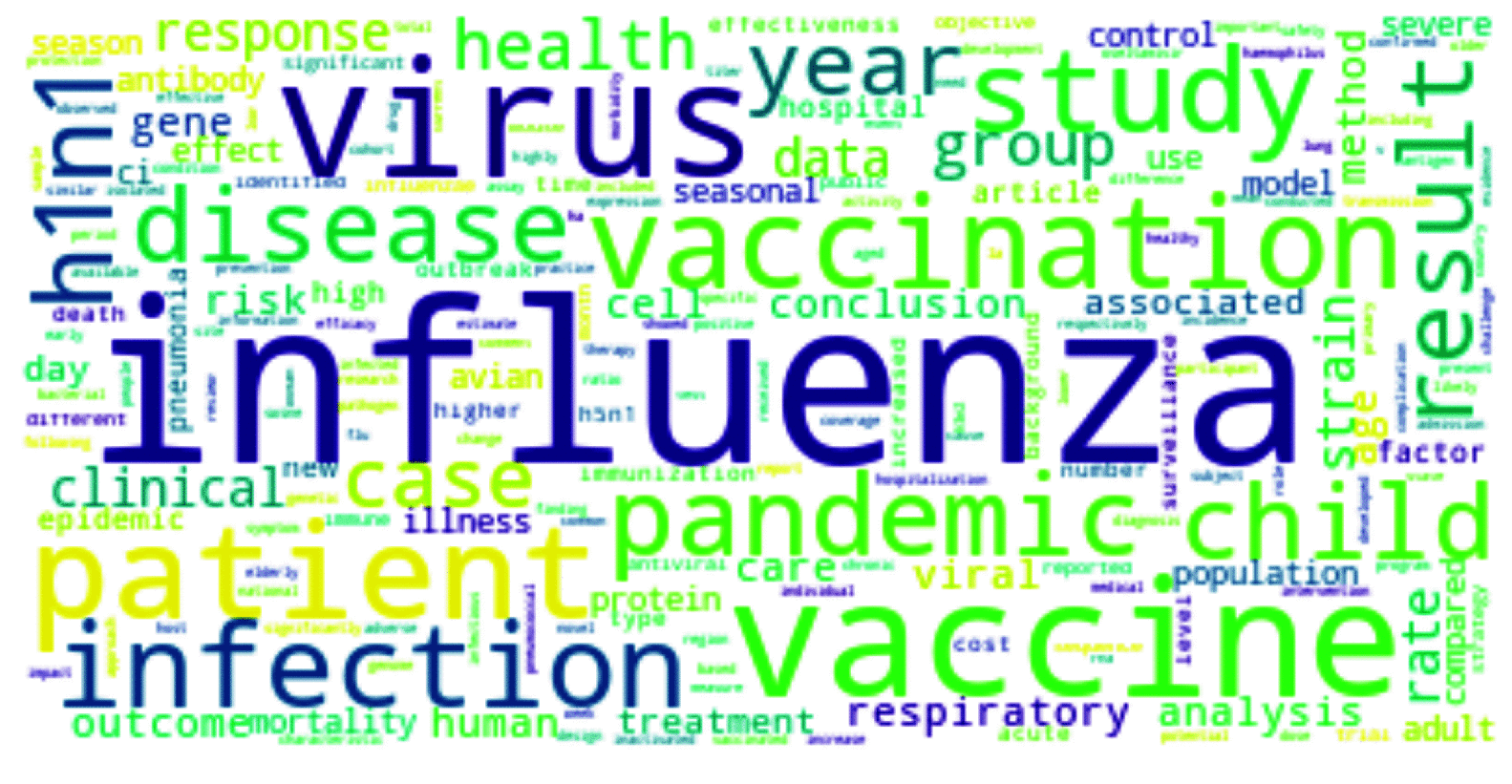
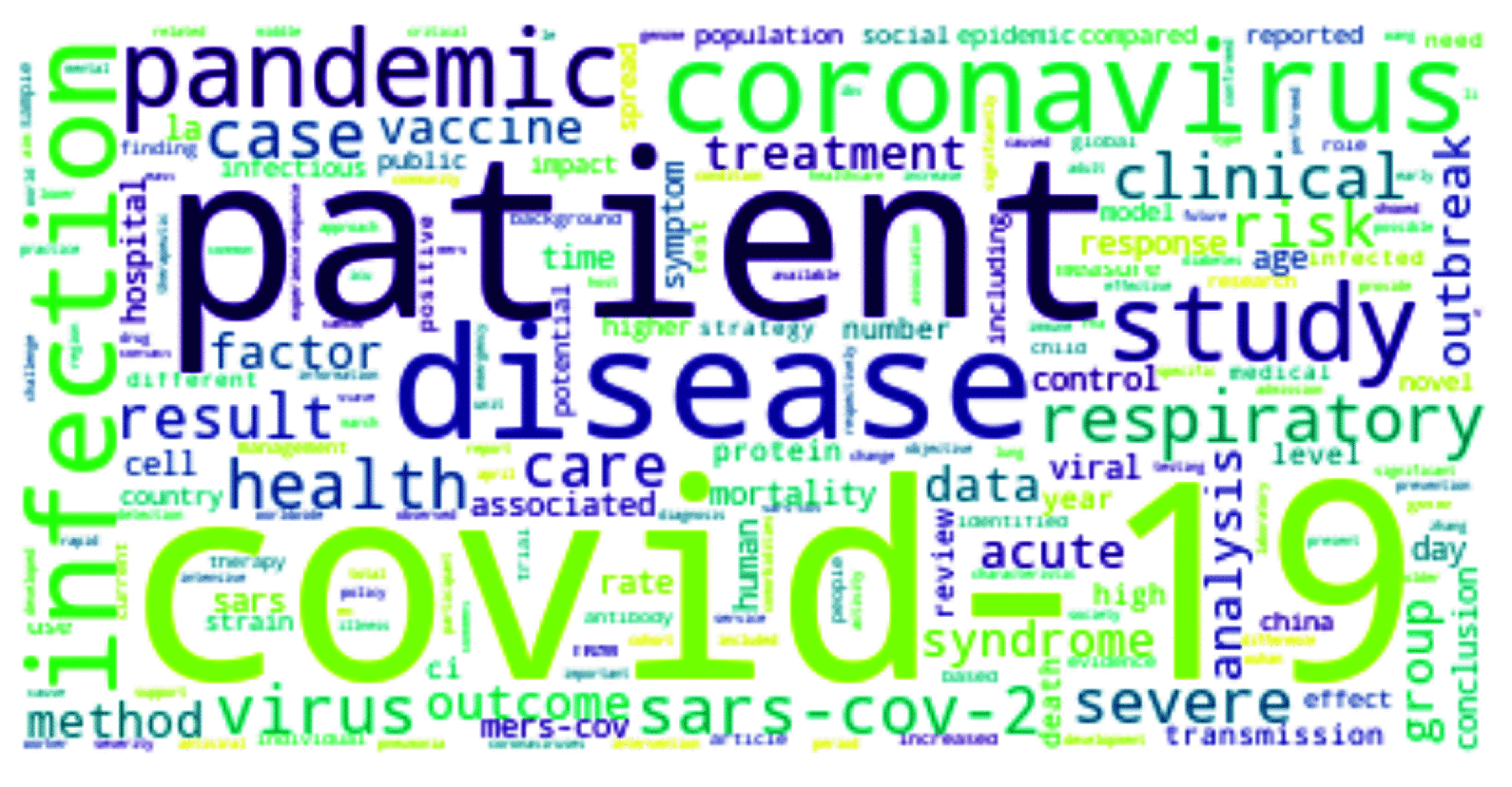
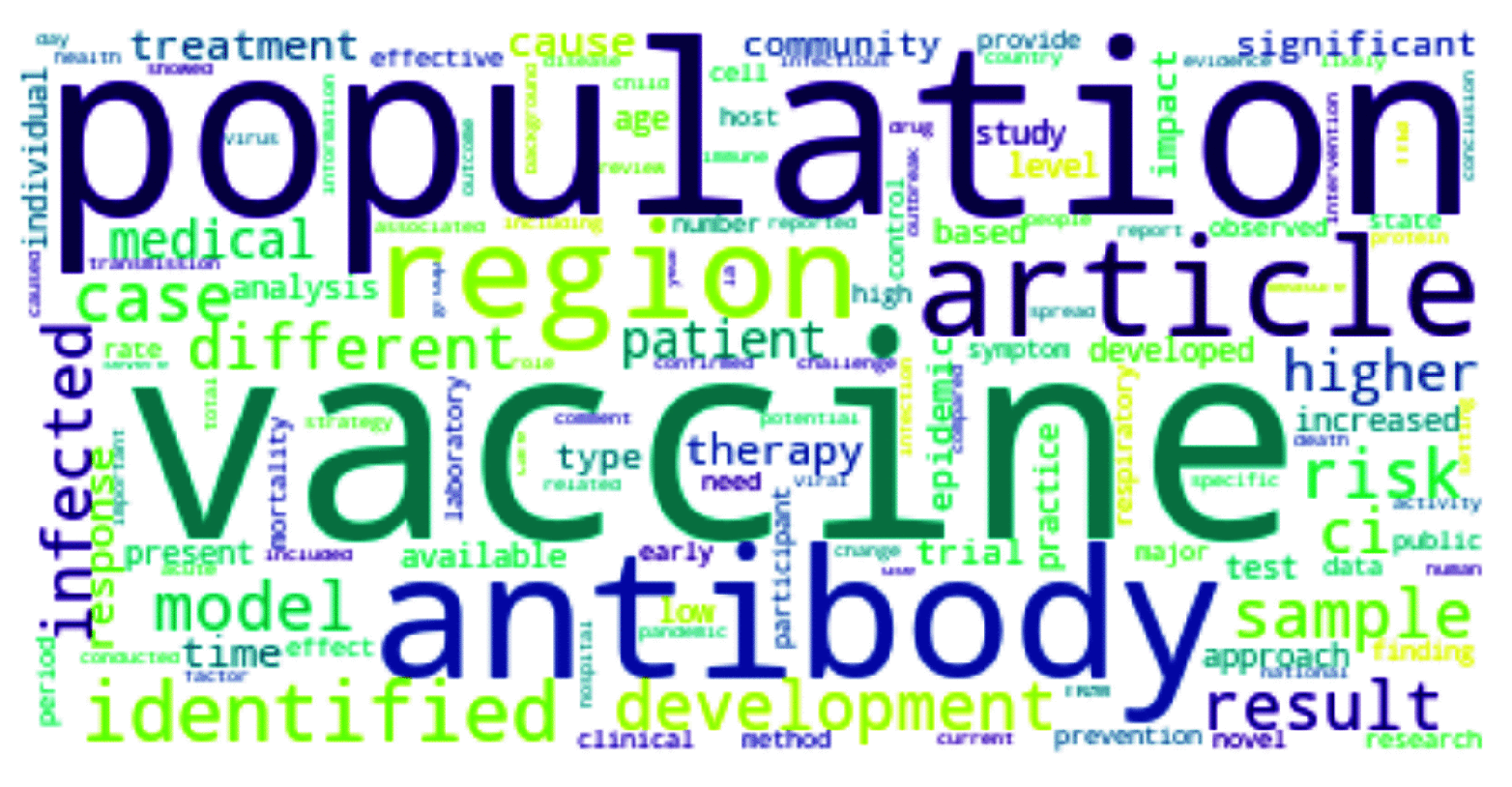
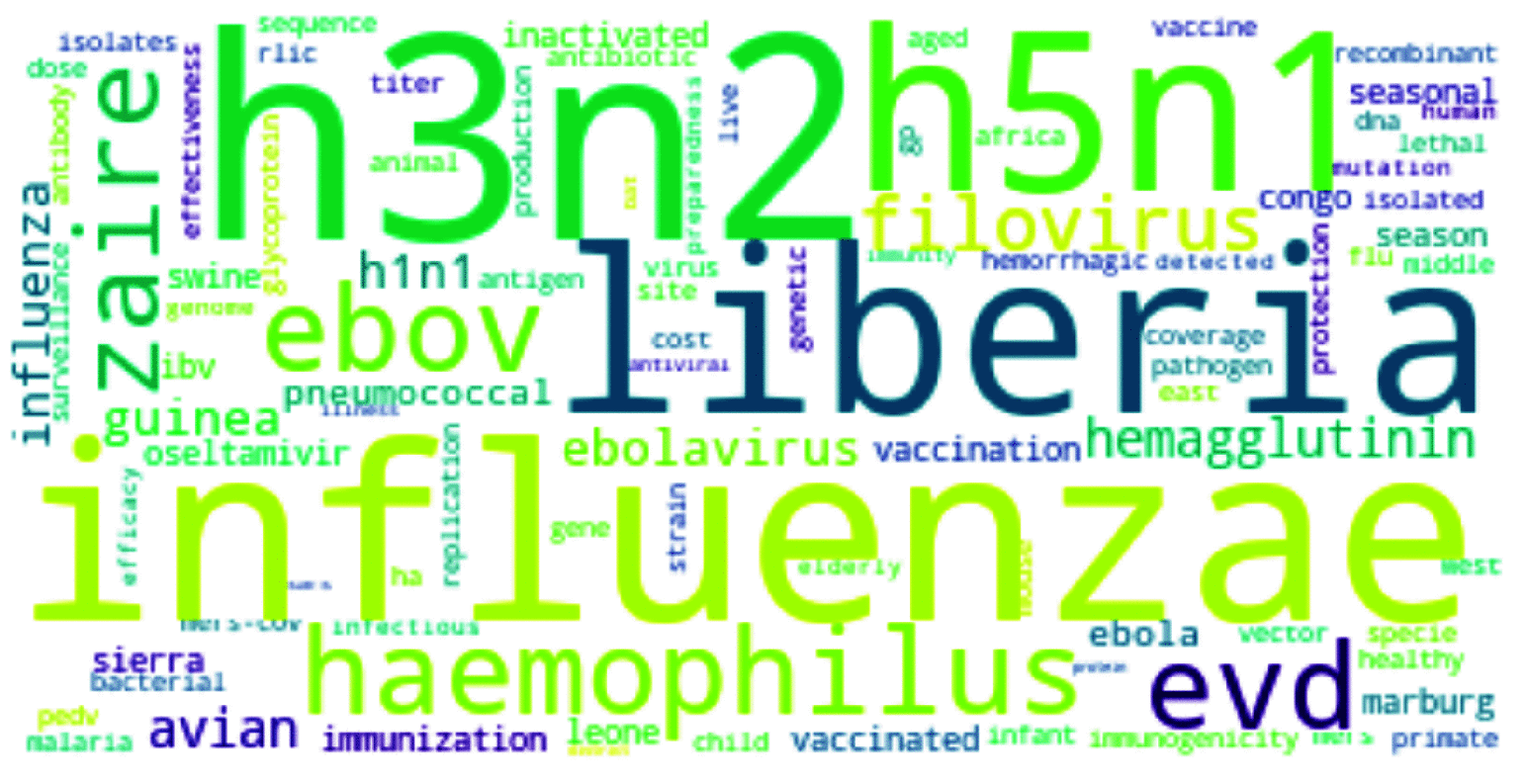

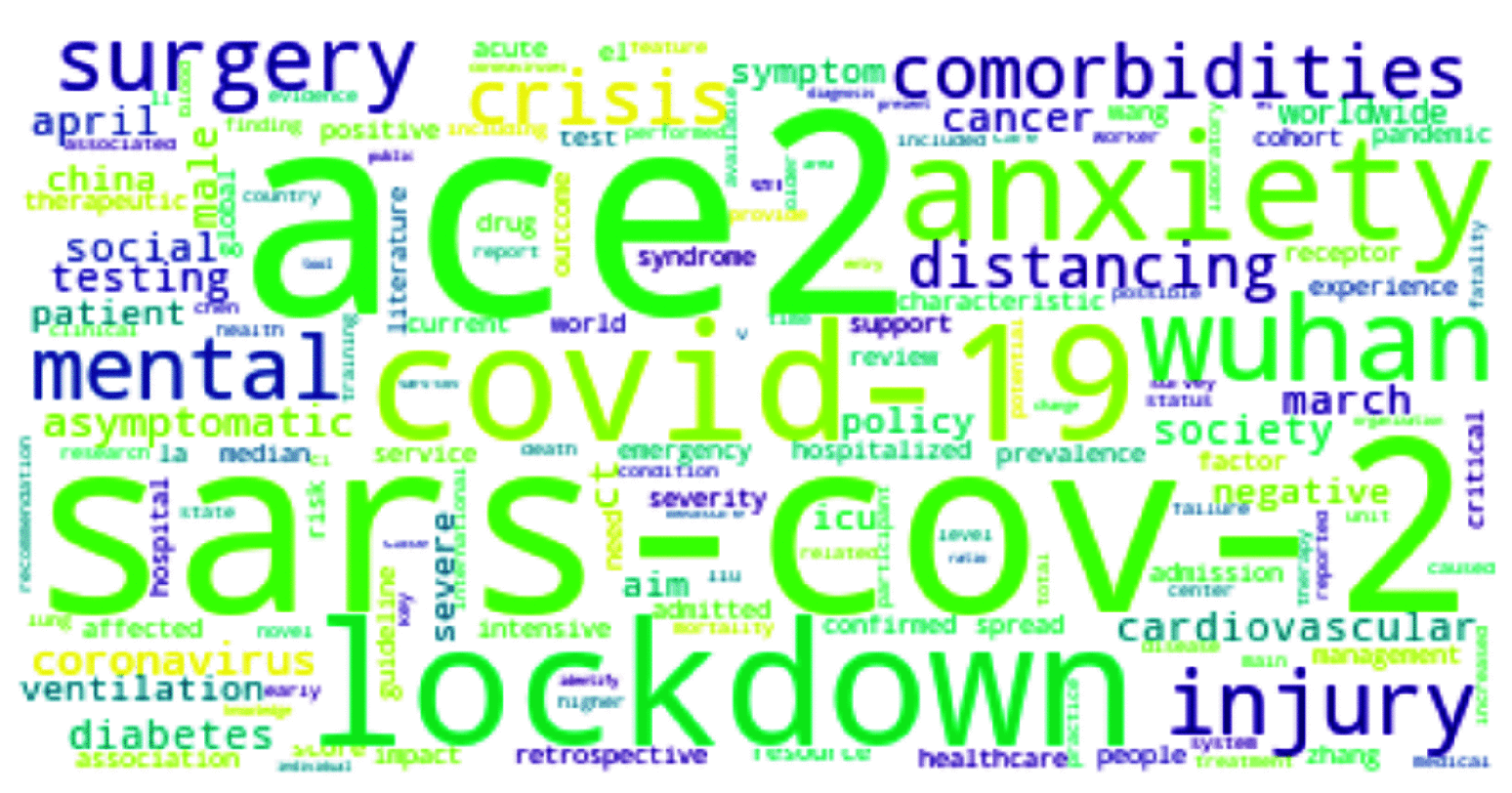




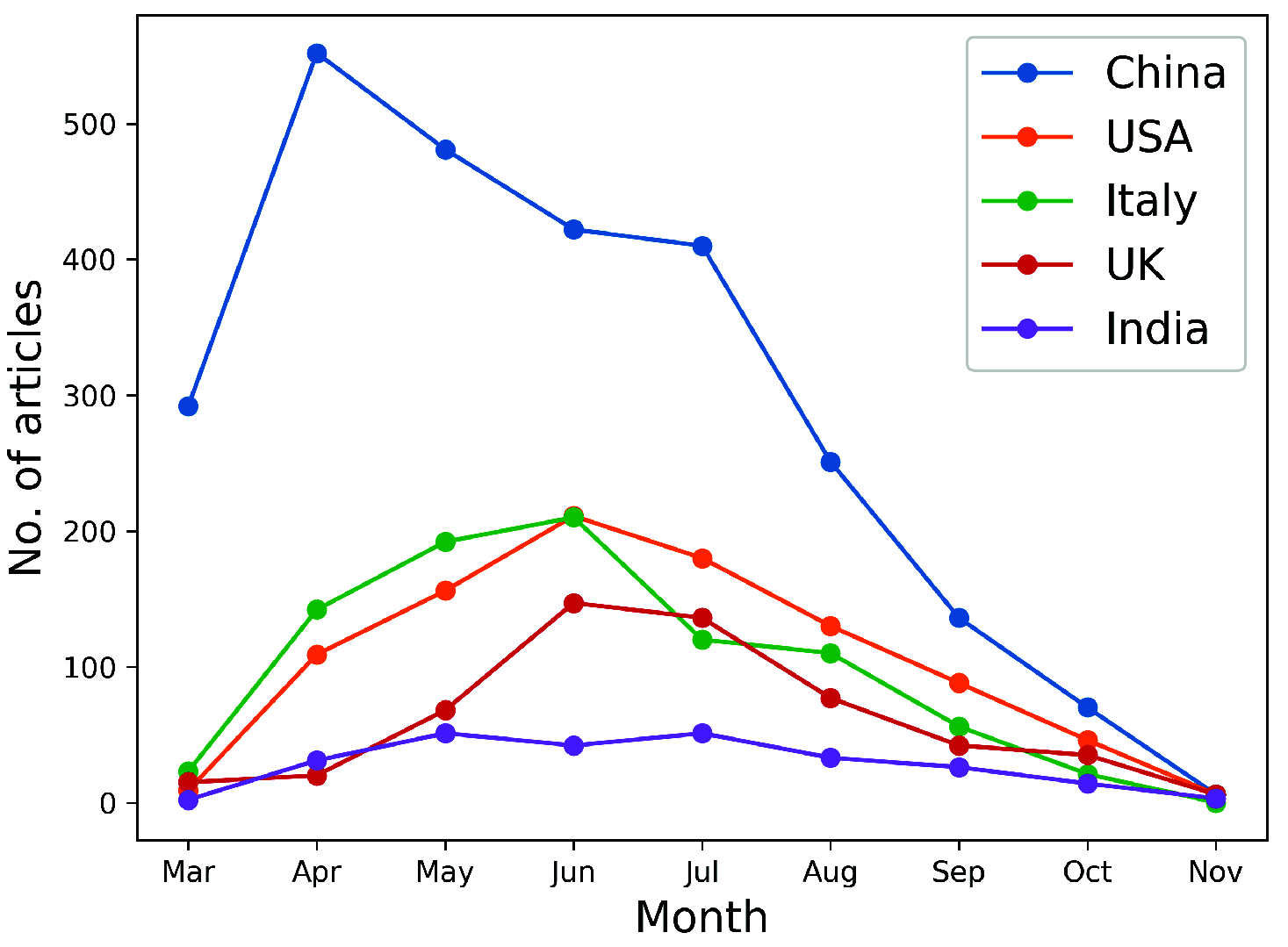




Similar articles
-
The future of Cochrane Neonatal.Early Hum Dev. 2020 Nov;150:105191. doi: 10.1016/j.earlhumdev.2020.105191. Epub 2020 Sep 12. Early Hum Dev. 2020. PMID: 33036834
-
Beyond the black stump: rapid reviews of health research issues affecting regional, rural and remote Australia.Med J Aust. 2020 Dec;213 Suppl 11:S3-S32.e1. doi: 10.5694/mja2.50881. Med J Aust. 2020. PMID: 33314144
-
Public sector reforms and their impact on the level of corruption: A systematic review.Campbell Syst Rev. 2021 May 24;17(2):e1173. doi: 10.1002/cl2.1173. eCollection 2021 Jun. Campbell Syst Rev. 2021. PMID: 37131927 Free PMC article. Review.
-
Health, Psychosocial, and Social Issues Emanating From the COVID-19 Pandemic Based on Social Media Comments: Text Mining and Thematic Analysis Approach.JMIR Med Inform. 2021 Apr 6;9(4):e22734. doi: 10.2196/22734. JMIR Med Inform. 2021. PMID: 33684052 Free PMC article.
-
The Role of Natural Language Processing during the COVID-19 Pandemic: Health Applications, Opportunities, and Challenges.Healthcare (Basel). 2022 Nov 12;10(11):2270. doi: 10.3390/healthcare10112270. Healthcare (Basel). 2022. PMID: 36421593 Free PMC article. Review.
Cited by
-
COVID-19 contact tracing app reviews reveal concerns and motivations around adoption.PLoS One. 2022 Sep 9;17(9):e0273222. doi: 10.1371/journal.pone.0273222. eCollection 2022. PLoS One. 2022. PMID: 36084078 Free PMC article.
-
Effect of neuro-linguistic programming on COVID-19 fear in kidney transplant patients: A randomized controlled study.Complement Ther Clin Pract. 2022 Nov;49:101638. doi: 10.1016/j.ctcp.2022.101638. Epub 2022 Jul 4. Complement Ther Clin Pract. 2022. PMID: 35843115 Free PMC article. Clinical Trial.
-
Do Scholars Respond Faster Than Google Trends in Discussing COVID-19 Issues? An Approach to Textual Big Data.Health Data Sci. 2024 Feb 26;4:0116. doi: 10.34133/hds.0116. eCollection 2024. Health Data Sci. 2024. PMID: 38486620 Free PMC article.
-
Agenda-Setting for COVID-19: A Study of Large-Scale Economic News Coverage Using Natural Language Processing.Int J Data Sci Anal. 2023;15(3):291-312. doi: 10.1007/s41060-022-00364-7. Epub 2022 Oct 6. Int J Data Sci Anal. 2023. PMID: 36217352 Free PMC article.
-
COVIDScholar: An automated COVID-19 research aggregation and analysis platform.PLoS One. 2023 Feb 1;18(2):e0281147. doi: 10.1371/journal.pone.0281147. eCollection 2023. PLoS One. 2023. PMID: 36724184 Free PMC article. Review.
References
-
- Liu D. X., Liang J. Q., and Fung T. S., “Human coronavirus-229E, -OC43, -NL63, and -HKU1 (coronaviridae),” in Encyclopedia of Virology, 4th ed., Bamford D. H. and Zuckerman M., Eds. New York, NY, USA: Academic, 2021, pp. 428–440, doi: 10.1016/B978-0-12-809633-8.21501-X. - DOI
-
- Struyf T., Deeks J. J., Dinnes J., Takwoingi Y., Davenport C., Leeflang M. M., Spijker R., Hooft L., Emperador D., Dittrich S., Domen J., Horn S. R. A., and Van den Bruel A., “Signs and symptoms to determine if a patient presenting in primary care or hospital outpatient settings has COVID-19 disease,” Cochrane Database Systematic Rev., no. 7, Jul. 2020, Art. no. CD013665, doi: 10.1002/14651858.CD013665. - DOI - PMC - PubMed
LinkOut - more resources
Full Text Sources
Miscellaneous
